Archaeologists have discovered a new decorated stela in the 3000-year-old burial complex of Las Capellanías in Cañaveral de León (Huelva, southwestern Spain).
Las Capellanías is being excavated within a fieldwork project co-directed by the Department’s Dr. Marta Diaz-Guardamino.
Stela is thought that late prehistoric stelae in Iberia were created to commemorate important personages. This new stela depicts a human figure with a headdress, a necklace, and two swords. The figure also has a detailed face, hands, and feet, as well as male genitals.
A stela is usually a carved or inscribed stone slab or pillar used for commemorative purposes. The surface of the stele often has text, ornamentation, or both.
Firstly, this is the third decorated stela found at this site, and the second one found in context. The first stela was the warrior stele found last year.
Warrior stelae are large stone slabs decorated with depictions of warriors surrounded by weaponry, including swords, shields, spears, and other items of prestige such as utensils of personal care, chariots, dogs or lyres.
There are currently around 150 in the whole of Iberia. It is thought that these monuments depicted the social aspirations of deceased elite individuals who, through this medium, were remembered as ancestors of the community.
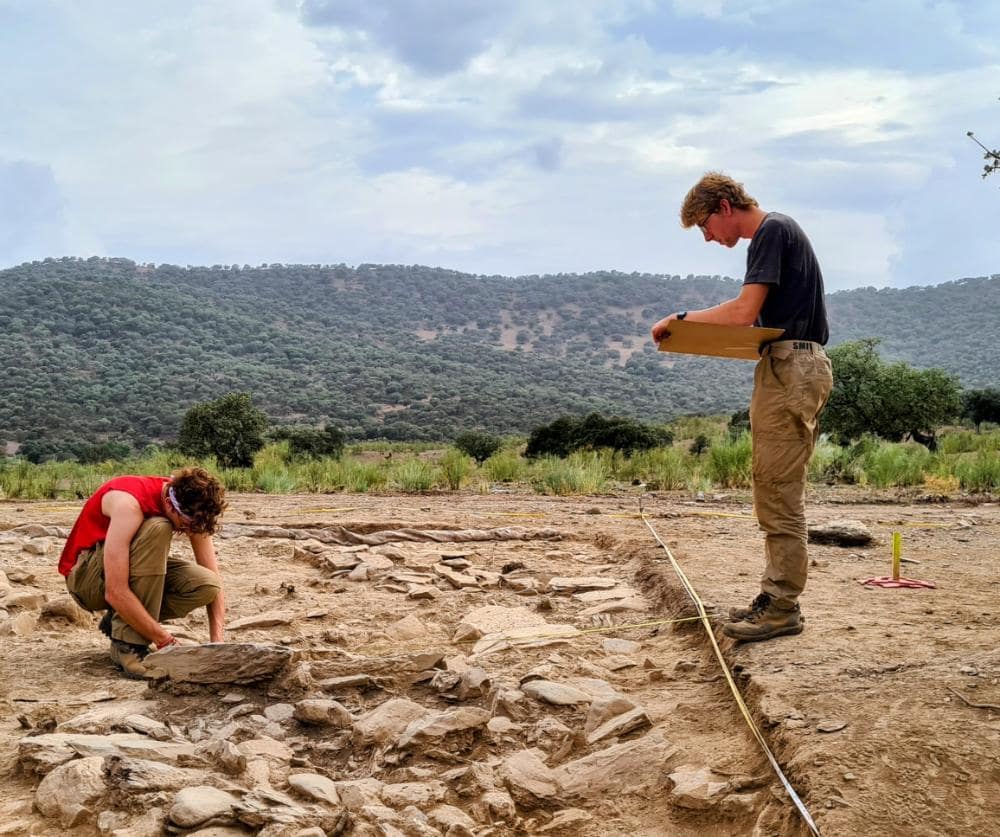
Warrior stelae are usually found through agricultural work and very little is known about their archaeological context. That is why this summer´s discovery was extraordinary. The stela of Cañaveral 2 (as have called it, as it is the second stela found in this area) was found stratified within the confines of a monumental necropolis composed of various tumuli with cists (small stone-built coffin-like boxes or ossuaries).
This find is remarkable, as the contexts of use of late prehistoric stelae in Iberia are largely unknown, despite over 120 years of research. The find is also notable because it confirms, once more, what the second stela found at the site had suggested (in addition to some previously known indirect evidence): that late prehistoric decorated stelae were primarily used as funerary monuments within mortuary sites.
This also indicates that stelae-making could have been an activity invested with special meaning, carried out as part of funerary rituals in Late Bronze Age and Early Iron Age Iberia. The fact that three stelae have been found at Las Capellanías funerary complex indicates that previous finds of other grouped stelae – e.g. those stelae found in Hernán Pérez in northern Cáceres, central-west Spain, now part of the collections of the National Archaeology Museum in Madrid – could have corresponded also to stelae that were originally set in funerary complexes.
Las Capellanías (like Hernán Pérez) is also located within one of the most important natural pathways linking two main river basins. During late prehistory, these pathways were key communication ‘highways’ between the middle Guadiana and the lower Guadalquivir basins. For Hernán Pérez, this ‘highway’ ran between the middle Tagus and the middle Duero, through the Gata mountain range.
Las Capellanías’ location here is significant, especially when we consider where funerary sites and settlements are on these ‘highways’. This shows how the role of decorated stelae as territorial markers relates to their role as funerary monuments.

Changing interpretations of gender
This find is also unique because of what it tells us about previous gender interpretations of the people represented on stelae. It shows that prior interpretations actually relate more to our modern binary conceptions of gender, than to those of prehistoric societies.
This new stela from Cañaveral de León includes features like a necklace or a headdress. These are typically found on stelae classified as ‘headdress’ (or ‘diademated’) stelae, and usually interpreted as female. Traits typically found on the so-called ‘warrior’ stelae (such as swords) are normally interpreted as male. This gendering of standardized iconographies (possibly linked to specific social roles) was based on a very small percentage of cases displaying sexual bodily traits. Out of 31, four stelae were found with female sexual traits and headdress features. There were also four with male genitals and ‘warrior’ related paraphernalia, out of 147.
The stela 3 of Cañaveral de León changes all this.
It combines traits of ‘headdress’ and ‘warrior’ types, showing that the social roles depicted by these standardized iconographies were more fluid than previously thought. Furthermore, as the new stela also includes male genitalia, it demonstrates that these social roles were not restricted to a specific gender, but could be associated with different genders.
This fieldwork project is being carried out within the Maritime Encounters project, funded by the Riksbankens Jubileumsfond (RJ). This project is led for Iberia by Dr Marta Díaz-Guardamino, also with funding from the Department of Archaeology at Durham University, in co-direction with and supported by Timoteo Rivera and Prof. Leonardo García Sanjuán (University of Seville) and Prof. David Wheatley (University of Southampton).

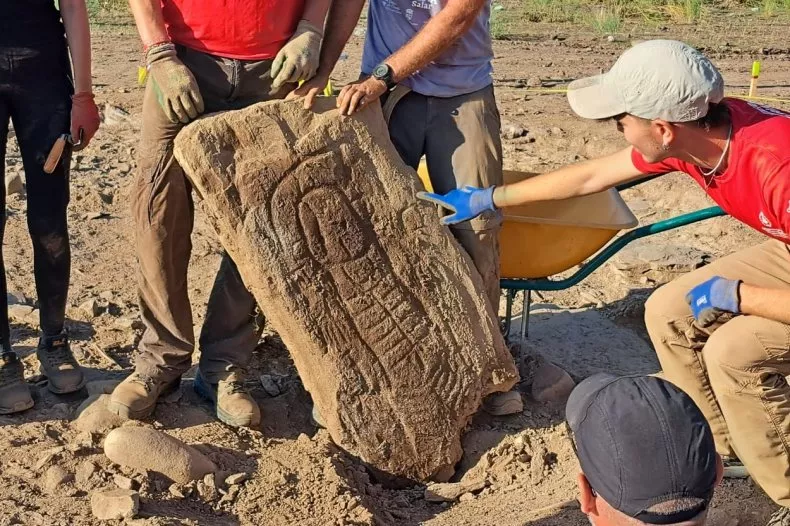

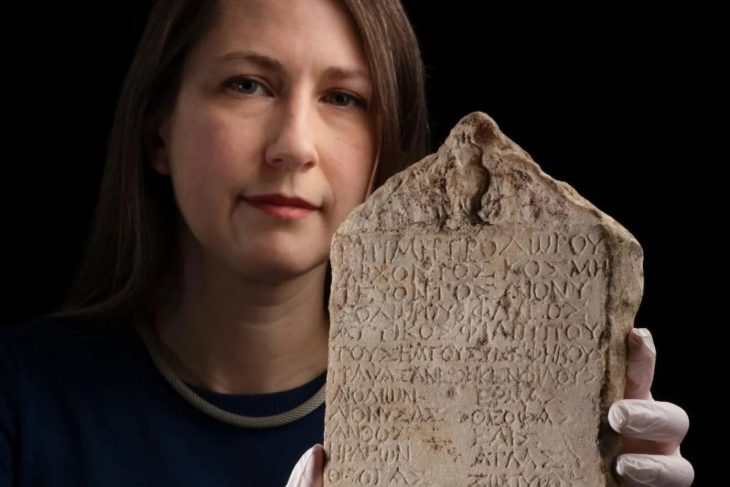




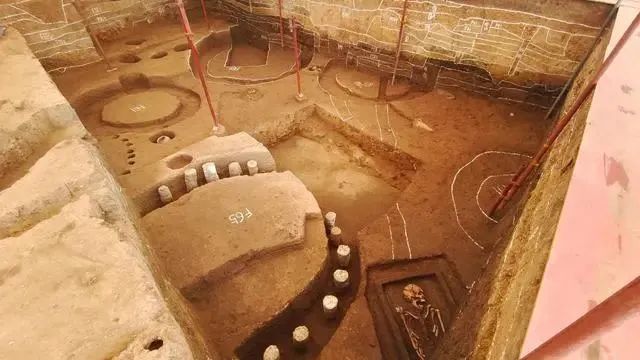

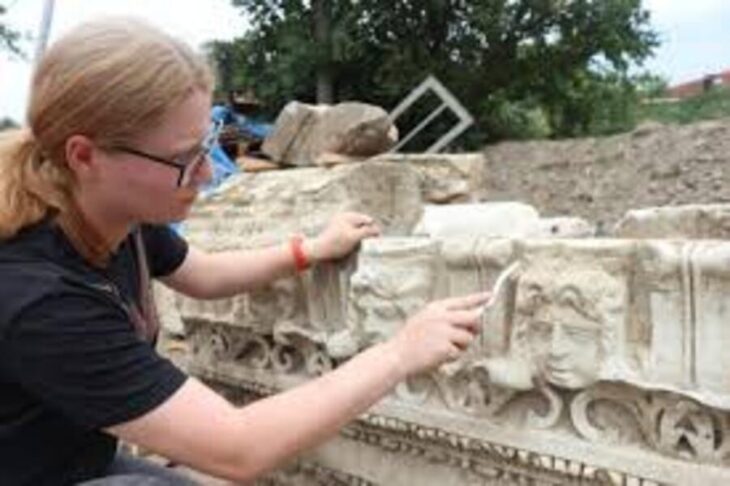
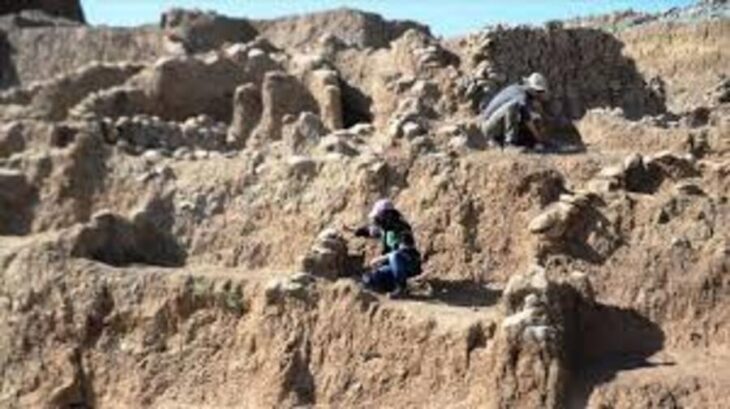

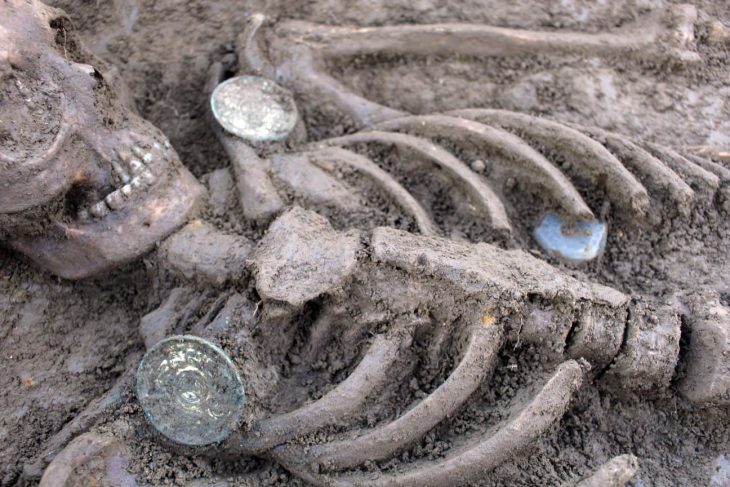
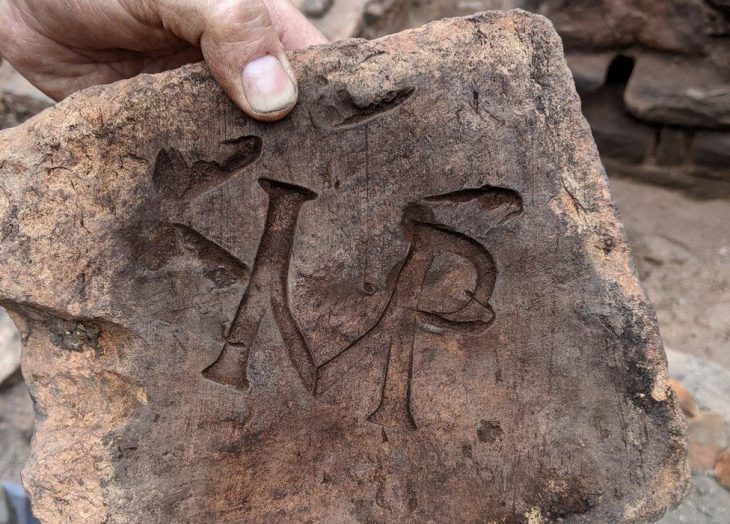

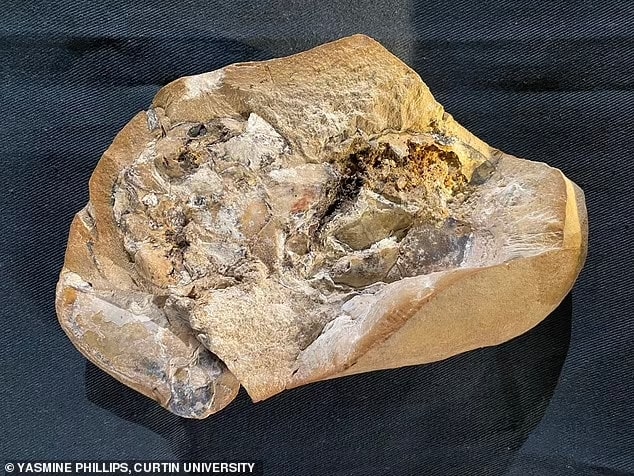
“Modern gender concepts”. I had no idea how deeply this stupidity has apparretly penetrated archaeology. I can guarantee they had no gender fluidity, and males who couldnt shspe up to their social roles were killed with a rock to the head.
Woke gender bs is seaking to rewrite history